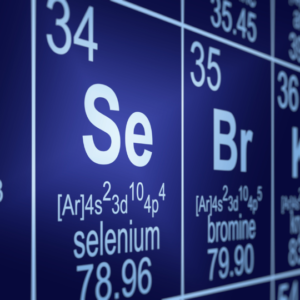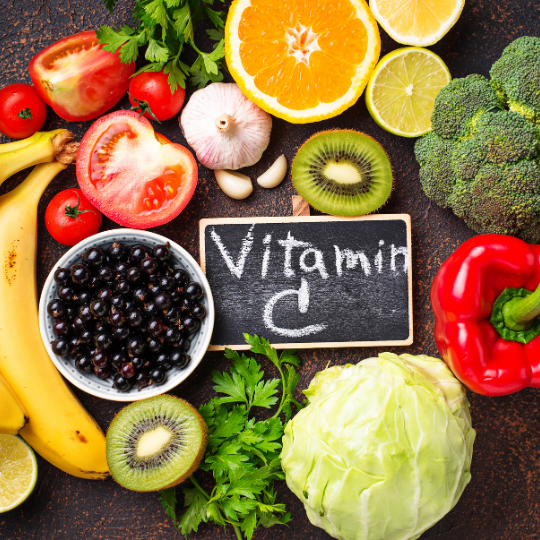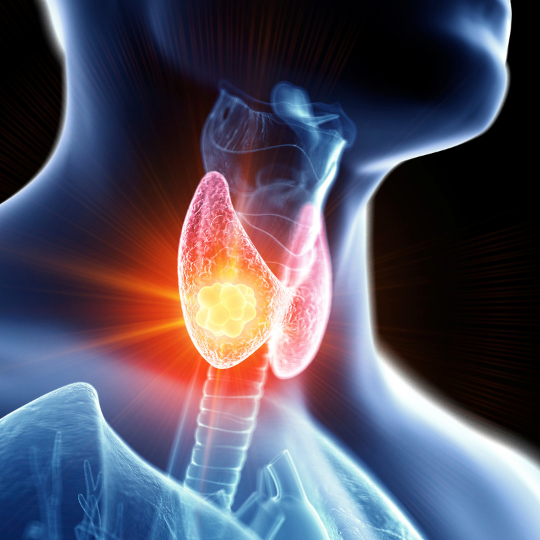The enzyme NADPH Oxygenase (NOX) is essential for the body’s inflammatory response.
The NOX family of enzymes consists of proteins that transfer electrons across biological membranes. These electrons are then accepted mostly by oxygen, and the products of the electron transfer reactions are Reactive Oxygen Species (ROS). That may sound like something good… but let me tell you it is more like the Anti-Hero.

Reactive Oxygen Species (ROS) include superoxide, hydroxy, peroxy and alkoxy radicals. They are highly reactive chemicals that can harm cells and tissues and are produced via the NOX enzyme. This NOX enzyme is present in different tissues and organs, such as the endothelium (the inner lining of blood vessels), immunological system, and central nervous system. (Bedard & Krause, 2007).
But how exactly is NOX activated?
Well, NOX activity and ROS production can be influenced by different factors. For example, histamine, a molecule that the body releases in response to allergies or illnesses, can boost NOX activity, which results in more ROS being produced and thus more inflammation. If you want to read more about Histamine inducing neuronal toxicity, here is a very interesting article.
In this study they assessed neuronal survival, via the effect of histamine in microglia phagocytic activity and ROS production. They found that histamine triggers microglial phagocytosis via H1R activation, and then produces ROS via H1R and H4R activation. And no surprise, the NOX1 signaling pathway is involved in phagocytosis and ROS production induced by histamine. This could lead to neuronal damage and cause neurodegenerative diseases such as Parkinson’s (Rocha et al., 2016).

But NOX is not only activated by histamine. Oxalates, which we covered in a previous blog post, are chemical substances present in some plant-based foods and supplements, such as spinach and beet root, and they may have an impact on NOX activity. High concentrations of Oxalates in the body can stimulate NOX activity and increase ROS production.
Ferroptosis is an iron-dependent, non-apoptotic form of regulated cell death caused by lipid peroxidation, which is controlled by integrated oxidation and antioxidant systems. This process is natural and helps to preserve healthy cells and get rid of damaged ones. The NOX family of enzymes is very important for this process, but is not yet understood in which proportion NADPH oxidases are used by different anti-ferroptosis or pro-ferroptosis enzymes and processes. However, keeping an eye on iron concentrations in the body, is crucial to control NOX and ROS production (Chen et al., 2021).
Finally, here are some other compounds that may interfere with NOX activation and boost ROS production.
- Glutamate, a neurotransmitter which is important for brain function, can also affect NOX activity. The body’s ability to produce ROS and NOX can be stimulated by high levels of glutamate
- Homocysteine, a compound produced when the body breaks down sulphur-rich proteins, can also promote NOX activity and boost ROS production
- Sulfites, compounds present in various foods and beverages (mostly processed and ultra-processed), can promote NOX activity and boost ROS production as well
- Lastly, the renin-angiotensin-aldosterone system (RAAS) is a hormonal system that regulates blood pressure and fluid balance in the body. Its hyper activation can also stimulate NOX activity and increase ROX production.
The NADPH steal & the Holmes cycle.
The process through which NOX eats NADPH, a chemical required for the creation of ROS, is referred to as “the NADPH steal”. This process can lead to a depletion of NADPH, which can have negative consequences on the body’s antioxidant defense system. The NADPH steal results in less available NADPH to support Phase 1 Detox, produce Nitric Oxide and recycle critical antioxidants, such as Glutathione. In turn, the free radicals produced by NOX stimulate a cascade of responses (Renin, Angiotensin I, Angiotensin II, Aldosterone and IL-6), resulting in a positive feedback loop, that creates a self-perpetuating vicious cycle of inflammation named “Holmes Cycle”.
The Holmes Cycle (aka Respiratory burst) occurs in immune cells, such as neutrophils and monocytes. While during this cycle, the ROS produced by activated NOX help kill pathogens and defend against infections, a maladaptive over activated Holmes Cycle can create inflammatory havoc in the body.
Genetic predisposition… yes, genetics are always there.
Genetic predispositions can affect some of the pathways of the compounds mentioned above. For example ABP1 in histamine production, MTHFR in the homocysteine pathway, DAO and DAG in the glutamate pathway, HFE and TRF2 in iron metabolism, the NOX1-5 genes and their obvious relationship with NOX activity, and many other genes can affect the way your body metabolizes NADPH and the production of ROS (Research — NutriGenetic Research Institute, n.d.).

There are different lifestyle, dietary, and supplement suggestions that can be useful to address these genetic predispositions and control NOX-triggered inflammation. Contact us to explain in a Free 15 min consultation our genetic and metabolic optimization approach and how we address every SNP in your genome. Until then, maintaining a nutritious diet, full of antioxidants, such as Vitamin C and E, beta-carotene and selenium is essential to control NOX activity. These antioxidants can assist in reducing inflammation and scavenging ROS (Guo et al., 2020).
Certain supplements, such as resveratrol, quercetin, and curcumin, have anti-inflammatory properties and may help with NOX control. We can also help you to identify which nutrients and supplements are better for you to combat any unnecessary ROS production (Guo et al., 2020).
In addition, regular exercise and an active lifestyle aid in reducing inflammation and controlling NOX activity. Exercise can help to promote general health and well-being and has been demonstrated to reduce NOX activity and ROS generation.
In summary, NADPH Oxygenase (NOX) is crucial for a lot of body’s natural response and defense against infections and its natural inflammatory response. But just as everything in life, an excessive amount of NOX activity can lead to unwanted ROS production, inflammation and cellular damage.
Start now to control your NOX enzymes and reduce your ROS production, by eating healthy nutritious food, being active and using customized supplements; in this way you will have a long, happy, healthy life. 😊











